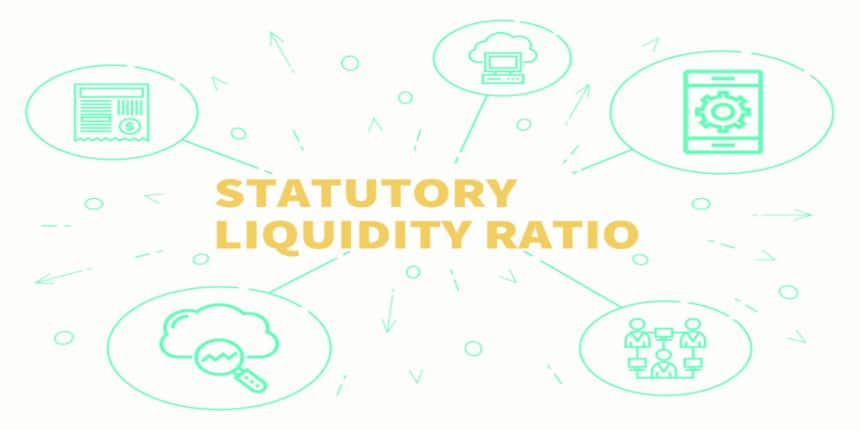SLR Full Form
What is the full form of SLR?
SLR stands for Statutory Liquidity Ratio. It is the minimum proportion of deposits that a bank must keep in the form of gold, liquid cash, or other assets. It is essentially the minimum balance that banks must meet before extending credit to clients. Section 24 (2A) of the Banking Regulation Act of 1949 established the SLR. These are reserved with banks rather than the Reserve Bank of India (RBI). The RBI determines the SLR. CRR (Cash Reserve Ratio) and SLR have traditionally been used by central banks to limit credit expansion, liquidity flow, and inflation. A CRR is a specific proportion of a bank's total deposits that must be held with the RBI as a reserve.

Importance of SLR
The SLR is used by the government to control inflation and liquidity.
Increasing the SLR will reduce inflation while reducing it will stimulate economic growth.
Although the SLR is a financial policy tool of the RBI, it is critical for the government's debt management approach to be successful.
SLR has aided the government's ability to sell securities or debt instruments to banks.
The majority of banks will store their SLR in the form of government securities in order to receive interest revenue.